Trójkąt roboczy w kuchni – czym jest?
Trójkątem roboczym w kuchni nazywa się sposób ustawiania najważniejszych sprzętów, które równocześnie pełnią funkcje podstawowych stref roboczych w trakcie przygotowywania posiłków. Można wyróżnić:
- strefę zapasów;
- strefę zmywania;
- strefę gotowania.
Podczas przyrządzania posiłków wykonuje się pewne działania w określonej kolejności. Najpierw wyjmuje się produkty z lodówki, następnie oczyszcza w zlewozmywaku, a następnie zostają one poddane obróbce termicznej w piekarniku lub na płycie kuchennej. Trójkątem roboczym jest więc sposób ustawienia tych trzech najważniejszych sprzętów (stref). Ma on na celu usprawnić naszą pracę w kuchni.
Niestety nie wystarczy rozmieścić sprzętów na wierzchołkach trójkąta. Należy również wziąć pod uwagę zaplanowanie przestrzeni między urządzeniami. Dlaczego? Jest to bardzo ważne, ponieważ oprócz przygotowywania produktów trzeba jeszcze wyrzucić pozostałości, a także kontrolować co dzieje się dookoła, np. gdy mieszkamy z dziećmi. Z tego względu zaprojektowanie trójkąta roboczego w kuchni musi być dobrze przemyślane.

Trójkąt w kuchni – zasady projektowania
Przy projektowaniu trójkąta roboczego w kuchni warto kierować się jego rozmiarami, a mianowicie prawidłowymi odległościami między poszczególnymi sprzętami. Idealnie, gdyby wynosiły one:
- między kuchenką a lodówką – od około 120 do 270 cm;
- między lodówką a zlewozmywakiem – od około 120 do 210 cm;
- między zlewozmywakiem a kuchenką – od około 120 do 210 cm.
Trójkąt roboczy a układ kuchni
Zaplanowanie trójkąta roboczego wiąże się również z układem kuchni. Może on być w kształcie litery L, liniowy, dwurzędowy czy też z wyspą. Oczywiście, aby pomieszczenie spełniało swoje funkcje, należy wziąć pod uwagę jego metraż oraz kształt. Z reguły w małych wnętrzach doskonale sprawdzają się układy:
- jednorzędowy,
- w kształcie litery L;
- z wyspą.
Z kolei w większych kuchniach warto zdecydować się na zabudowę z wyspą, w kształcie litery U lub dwurzędową. Jak w tych konkretnych projektach uwzględnić trójkąt roboczy?
Kuchnia z wyspą
Projektując trójkąt roboczy w kuchni z wyspą, można wybrać dwa sposoby. Pierwszym pomysłem jest zamontowanie zlewozmywaka oraz zmywarki bądź kuchenki na wyspie. Oba rozwiązania są wygodne i praktyczne dla domowników. Natomiast, jeżeli mamy do czynienia z bardzo rozległą wyspą kuchenną, lepszą opcją jest umieszczenie na niej obu sprzętów lub zdecydować się na przeznaczenie jej wyłącznie do spożywania posiłków. Wówczas osprzęt należy umieścić w pozostałej zabudowie meblowej.

Układ liniowy w kuchni
Przy projektowaniu zabudowy liniowej nie można zapomnieć o tym, aby nie przekraczać łącznej odległości 7 metrów pomiędzy wszystkimi trzema strefami w kuchni. Najlepszym rozwiązaniem jest umiejscowienie zlewozmywaka pośrodku. Co więcej, powinniśmy pamiętać o uwzględnieniu blatów roboczych pomiędzy danymi urządzeniami.
Zabudowa dwurzędowa, w kształcie litery L i w kształcie litery U
Zaprojektowanie trójkąta roboczego w kuchni jest najłatwiejsze, gdy mamy do czynienia z zabudową dwurzędową, w kształcie litery L lub U. Związane jest to z łatwością podzielenia przestrzeni na poszczególne strefy użytkowe przy równoczesnym osiągnięciu największej ergonomii.
Jeżeli zależy nam na stworzeniu ergonomicznego trójkąta roboczego, pierwszym etapem projektowania kuchni powinno być dokładne wymierzenie przestrzeni. Następnie układ szafek i ustawienie kluczowych elementów kuchni należy rozrysować na kartce papieru. Wbrew pozorom może to sprawić wiele trudności, ale warto pamiętać o kilku istotnych kwestiach. Przede wszystkim trzeba trzymać się zasad dotyczących kolejności lokalizacji każdej z trzech najważniejszych stref roboczych. Ponadto nie można zapomnieć o zachowaniu właściwej odległości między nimi.
Planując zaaranżowanie funkcjonalnej kuchni, możemy skorzystać z pomocy Platformy Woodlove.to, która zawiera dużą ilość inspiracji, które pomogą w stworzeniu idealnej kuchni, która spełni nasze potrzeby.

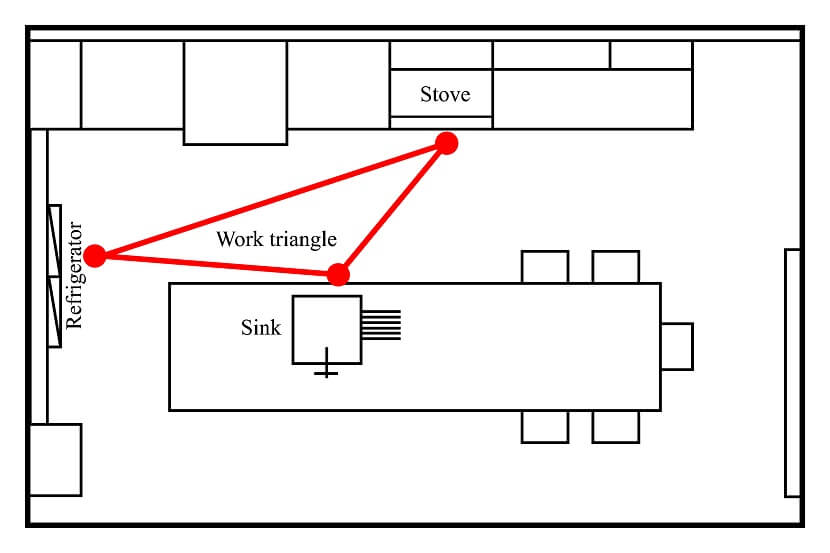
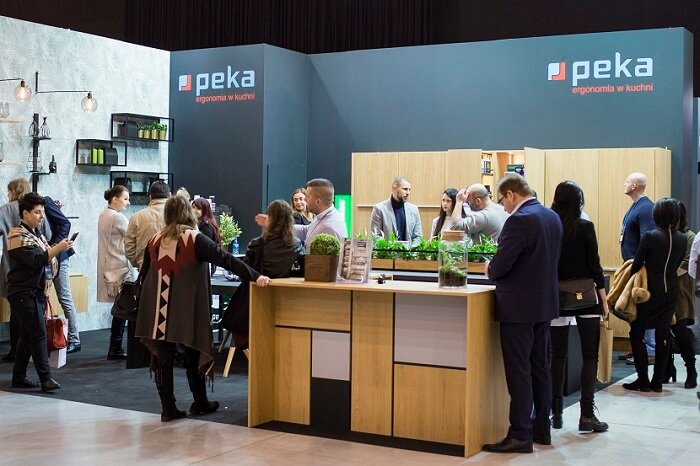
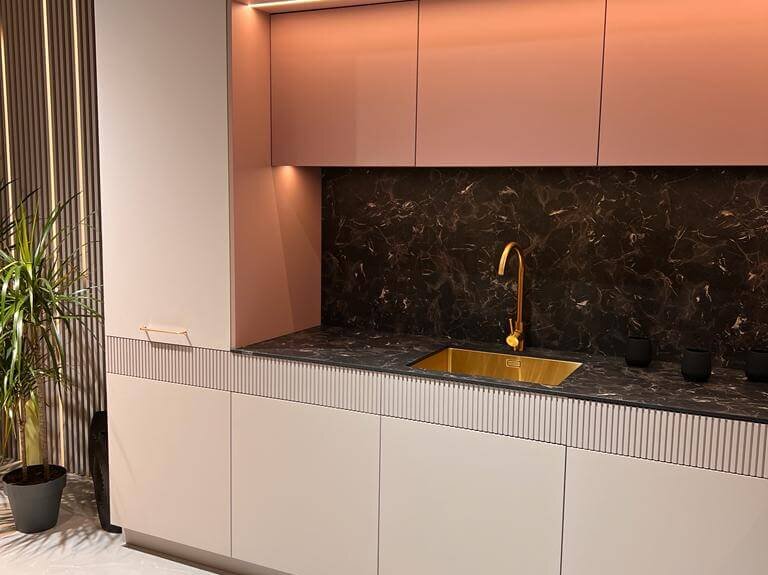

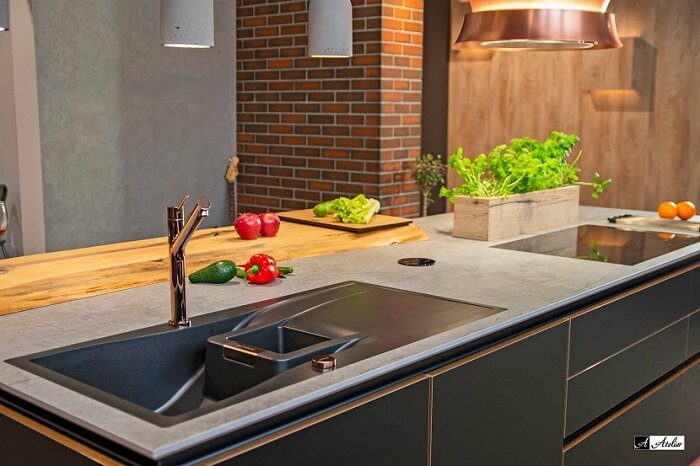
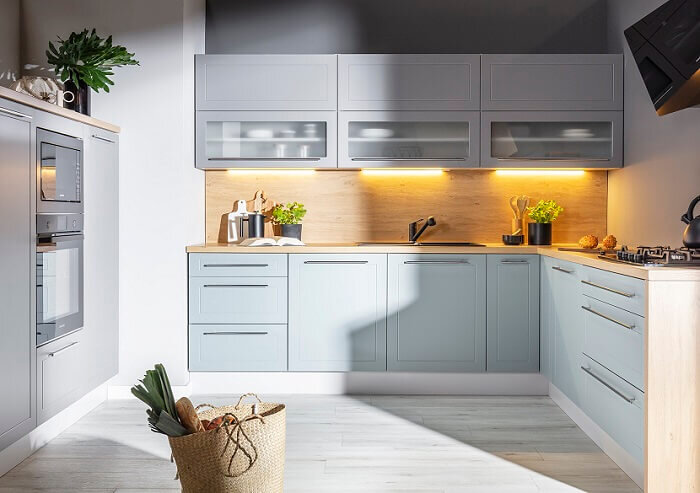
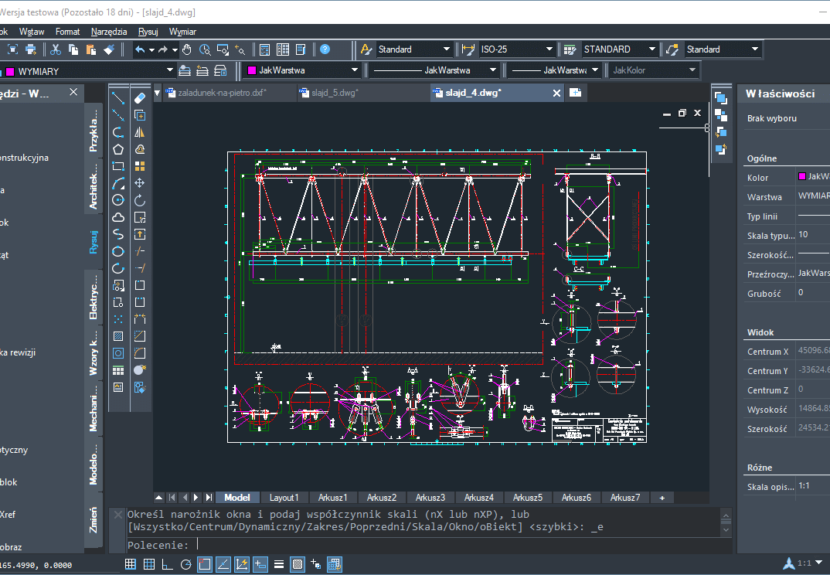

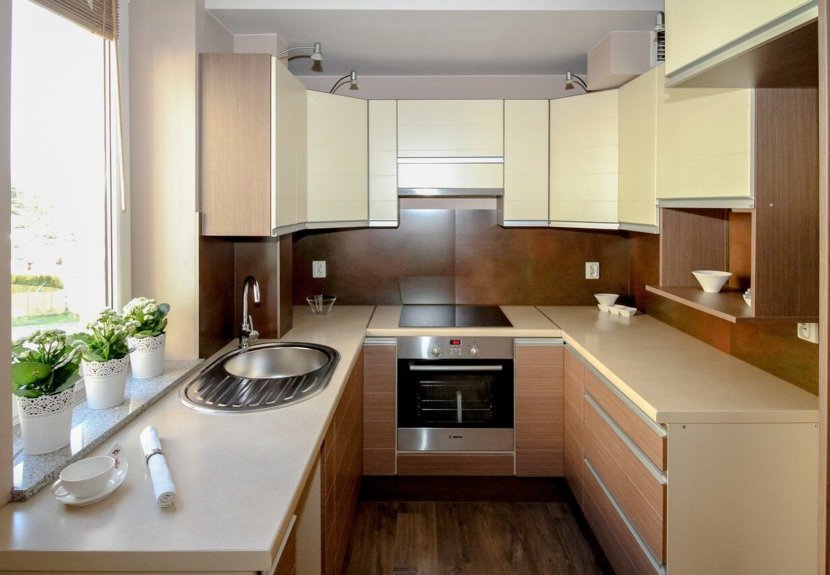
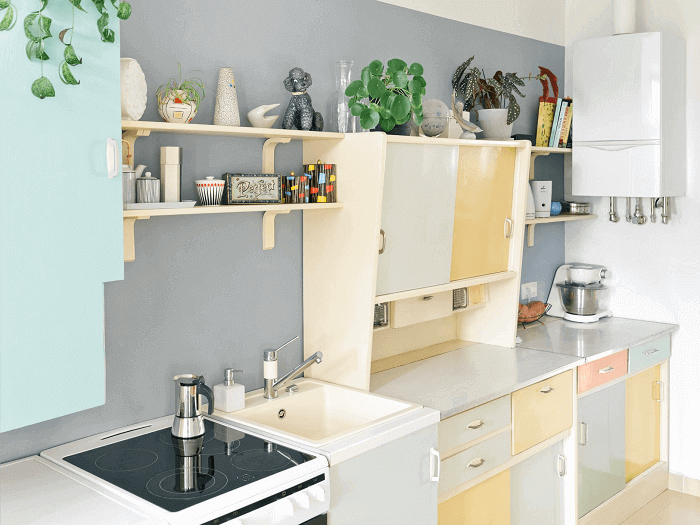


Dołącz do dyskusji